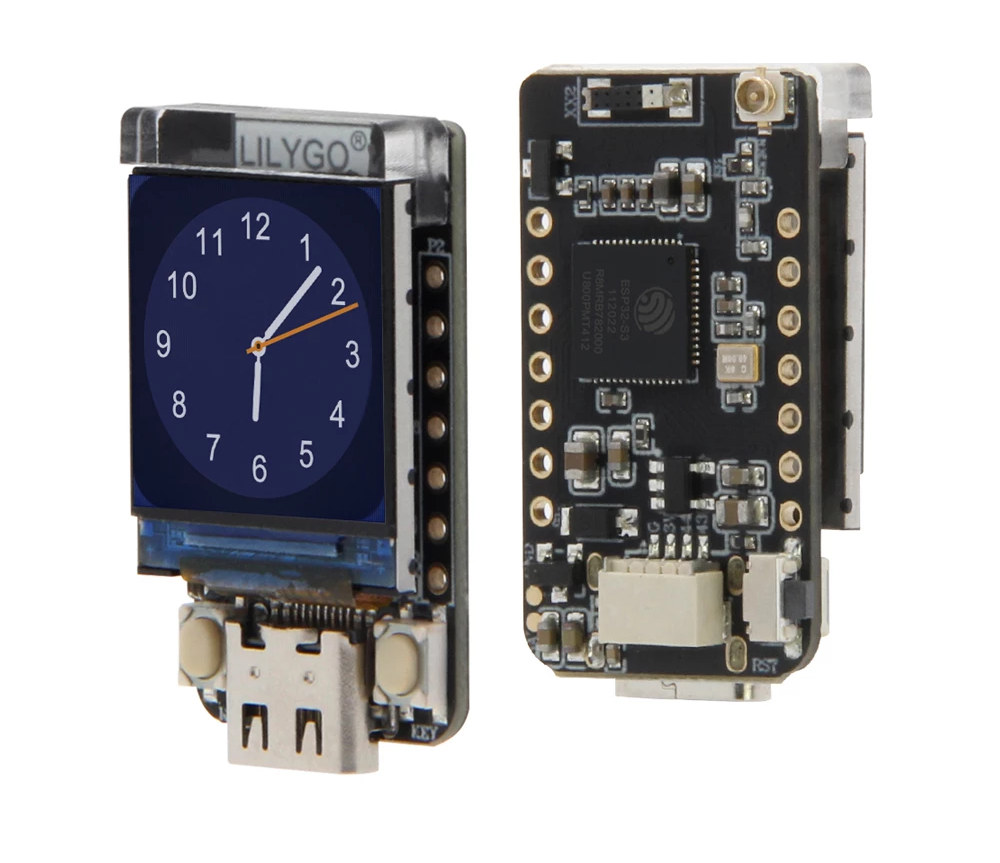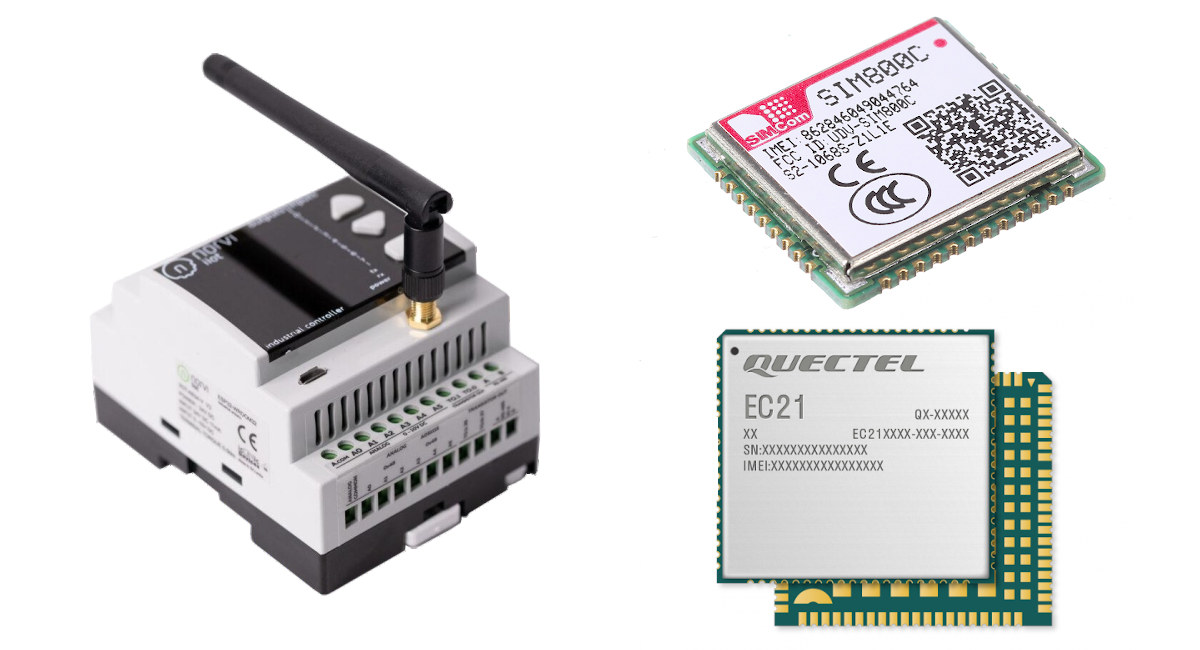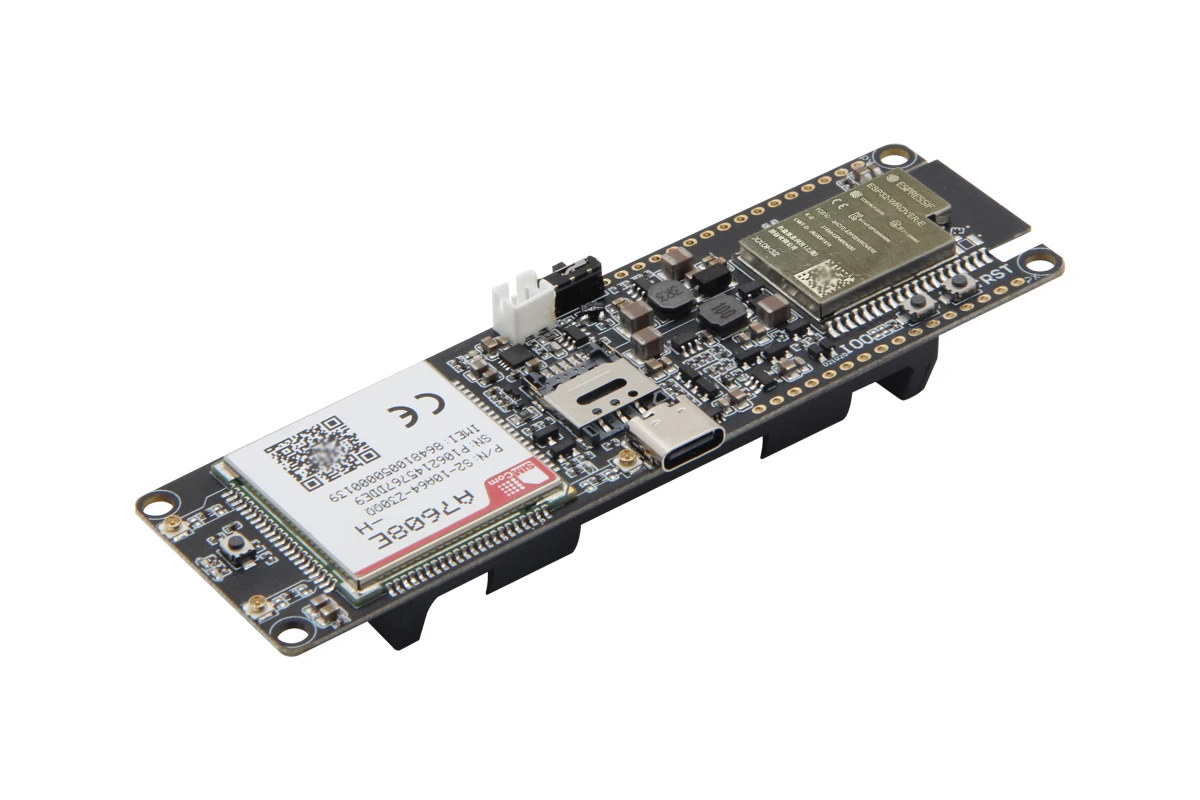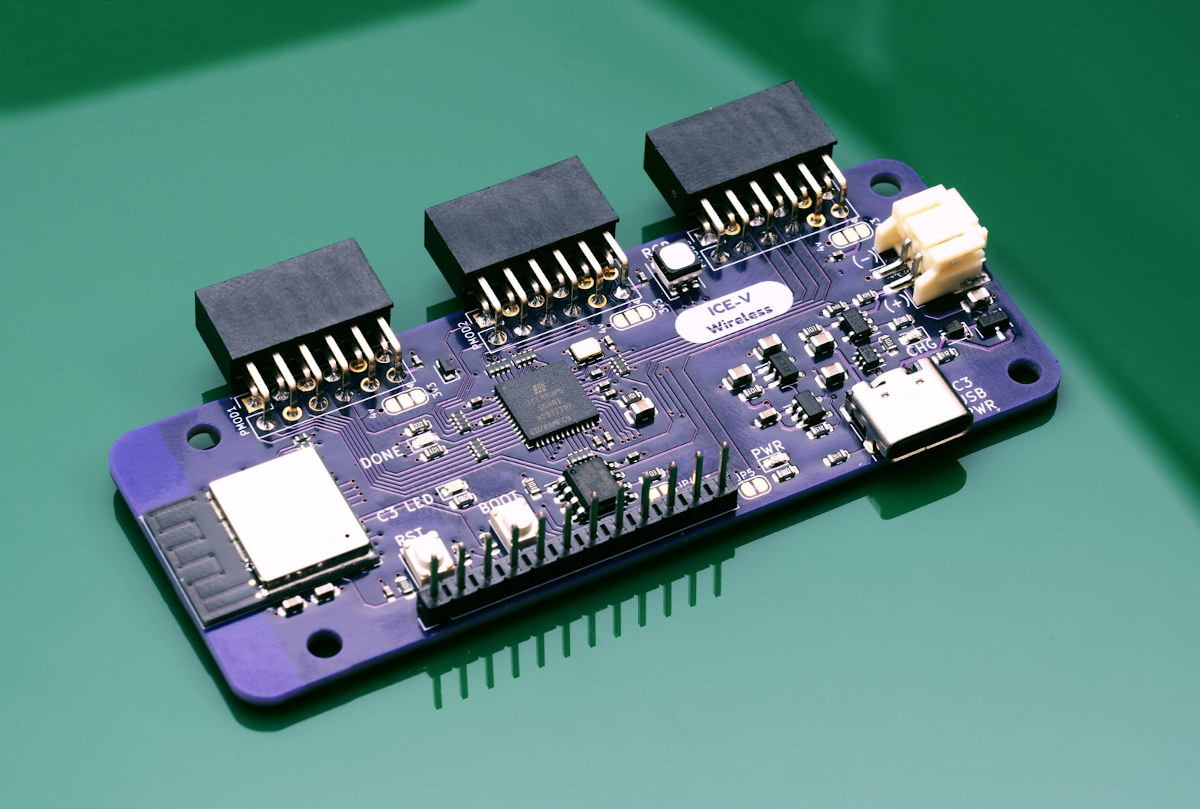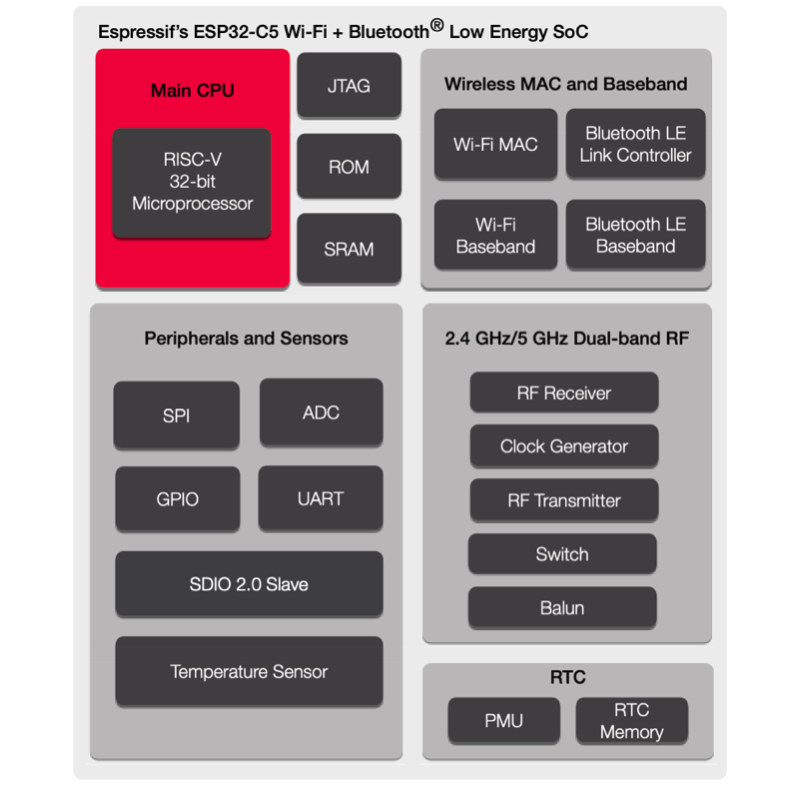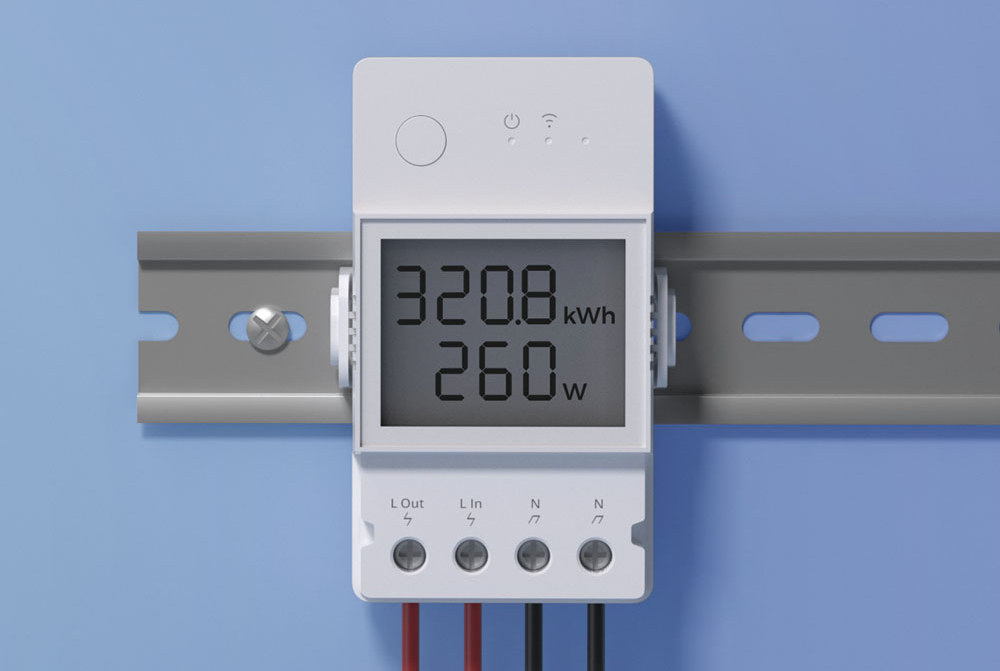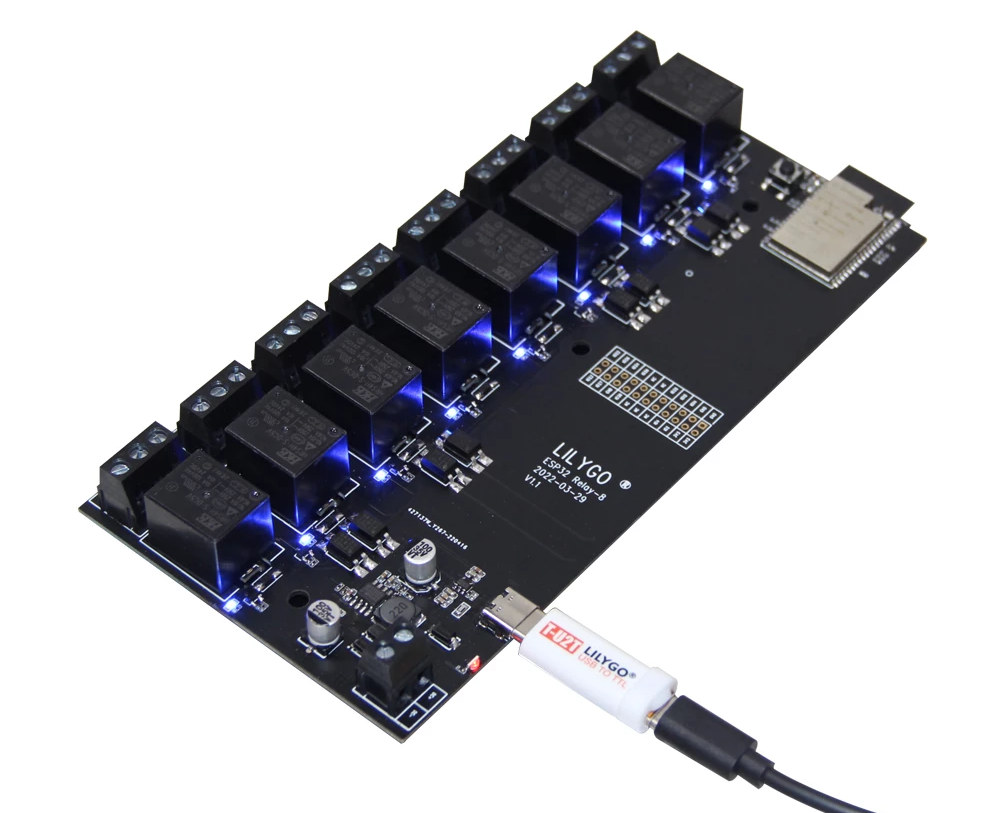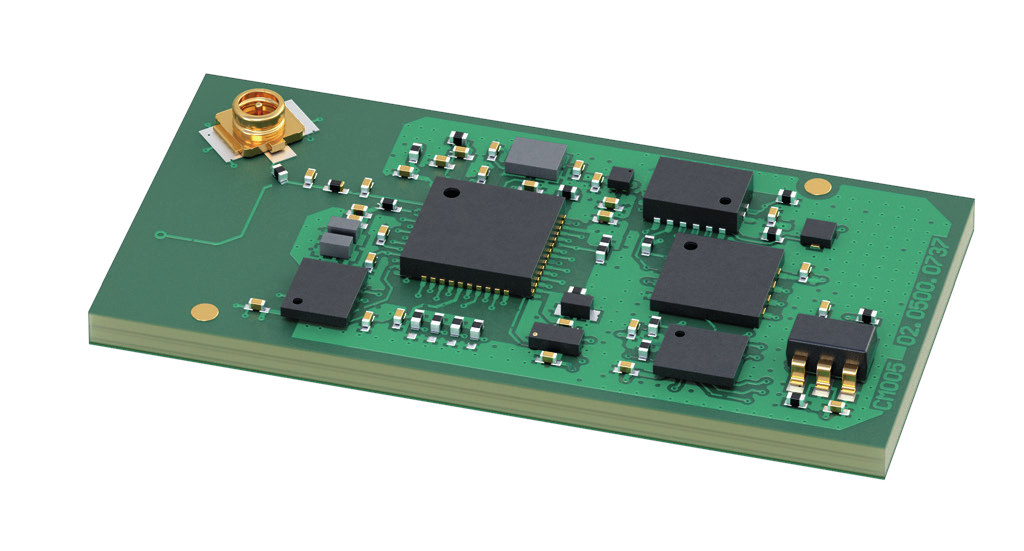LILYGO must be churning out at least one new “ESP32” board every month, but I don’t think they’ve ever made one with ESP32-S3. LILYGO T-QT V1.1 board changes that and combines the dual-core WiFi 4 and Bluetooth LE 5.0 AI microcontroller with a 0.85-inch color display. The board also happens to be rather small and cute with a 33 x 18 mm form factor, offers some I/O via headers and a 4-pin connector, and can be powered via its USB Type-C port or a battery, but lacks a charging circuit. LILYGO T-QT V1.1 specifications: Wireless MCU – Espressif Systems ESP32-S3 dual-core Tensilica LX7 @ up to 240 MHz with vector instructions for AI acceleration, 512KB RAM, wireless connectivity Storage – 8MB flash Connectivity via ESP32-S3 2.4 GHz 802.11 b/g/n Wi-Fi 4 with 40 MHz bandwidth support Bluetooth Low Energy (BLE) 5.0 connectivity with long-range support, up to 2Mbps data rate. […]
NORVI GSM industrial controller with WiFi and cellular connectivity supports Arduino or ESP-IDF programming
We’ve already seen ESP32 WiFI & Bluetooth SoC combined with a cellular modem several times already, and a couple of days ago, I wrote about LILYGO T-A7068X ESP23 board with a 4G LTE modem. Iconic Devices team has made another cellular ESP32 product with the NORVI GSM industrial controller. The DIN-Rail mountable USB programmable controller is offered with a choice of SIMCOM SIM800L 2G-only modem or QUECTEL EC21-G modem adding 3G UMTS/HSPDA+ and 4G LTE cellular connectivity. It also offers Ethernet connectivity, digital and analog inputs, relay outputs, and a small 0.96-inch OLED information display with options varying depending on the exact model. NORVI GSM specifications: Main module – ESP32-WROOM-32 with ESP32-D0WDQ6 dual-core microcontroller @ up to 160 MHz with 520 KB SRAM, 4 MB flash, 2.4 GHz WiFi 4 and Bluetooth 4.2 connectivity Cellular module (one or the other) SIMCom SIM800L quad-band GSM/GPRS module Quectel E21-G worldwide 4G LTE, […]
ESP32 board with 150Mbps 4G LTE modem also supports RS485, CAN Bus, and relay expansion
LILYGO has designed another ESP32 board with a 4G LTE modem with the LILYGO T-A7608E-H & T-A7608SA-H variants equipped with respectively SIMCom A7608SA-H for South America, New Zealand, and Australia, and SIMCom A7608E-H for the EMEA, South Korean, and Thai markets, both delivering up to 150 Mbps download and 50 Mbps upload speeds. The board also supports GPS, includes a 18650 battery holder, and features I/O expansion headers that support an add-on board with RS485 and CAN bus interfaces, in a way similar to the company’s earlier TTGO T-CAN485 board with ESP32, but no cellular connectivity. LILYGO T-A7068E-H/T-A7608SA-H board specifications: Wireless Connectivity WiFi & Bluetooth – ESP32-WROVER-E module based on ESP32 dual-core processor @ 240 MHz with 4MB flash, 8MB PSRAM, 2.4 GHz WiFi 4 and Bluetooth 4.2/5.x connectivity, PCB antenna Cellular connectivity Data transfer speeds 4G LTE – Up to 150 Mbps downlink, up to 50Mbps uplink 3G HSPA+ […]
ICE-V Wireless FPGA board combines Lattice Semi iCE40 UltraPlus with WiFi & BLE module
Lattice Semi ICE40 boards are pretty popular notably thanks to the availability of open-source tools. ICE-V Wireless is another ICE40 UltraPlus FPGA board that also adds wireless support through an ESP32-C3-MINI-1 module with WiFi 4 and Bluetooth LE connectivity. Designed by QWERTY Embedded Design, the board also comes with 8MB PSRAM, offers three PMOD expansion connectors, plus a header for GPIOs, and supports power from USB or a LiPo battery (charging circuit included). ICE-V Wireless specifications: FPGA – Lattice Semi ICE40UP5K-SG48 FPGA with 5280 LUTs, 120 Kbits EBR RAM, 1024 Kbits PSRAM External RAM – 8MB PSRAM Wireless – ESP32-C3-MINI-1 module with 2.4 GHz WiFi 4 and Bluetooth LE through ESP32-C3 RISC-V processor, 4MB flash. USB – 1x USB Type-C port for power, programming, and JTAG debugging of the ESP32-C3 module Expansions 3x PMOD connectors connected to the FPGA I/O connector with 7x ESP32-C3 GPIO lines (serial, ADC, I2C) and […]
ESP32-C5 RISC-V IoT MCU supports dual-band WiFi 6, Bluetooth 5.0 LE
Espressif Systems ESP32-C5 is an upcoming wireless RISC-V microcontroller for IoT applications that supports dual-band (2.4 & 5.0 GHz) WiFi 6 connectivity as well as Bluetooth 5.0 LE. It is the first dual-band processor from Espressif, as while the Shanghai-based company previously announced the ESP32-C6 WiFi 6 and Bluetooth 5 LE RISC-V SoC last year, it only supports 2.4 GHz frequency. Note it’s not the first dual-band WiFi 6 IoT chip on the market as NXP introduced the IW612 Wi-Fi 6, Bluetooth 5.2, 802.15.4 tri-radio solution last January, but ESP32-C5 should target different use cases. ESP32-C5 preliminary specifications: CPU – Single-core 32-bit RISC-V processor @ up to 240 MHz Memory – 400KB SRAM on-chip Storage – 384KB of ROM on-chip, support for external flash Connectivity Dual-band 802.11ax WiFi 6 in the 2.4GHz and 5 GHz bands, with 802.11b/g/n WiFi 4 standard support for backward compatibility 20MHz bandwidth for the 802.11ax […]
SONOFF POW Elite ESP32 WiFi power meter switch handles up to 20A load
SONOFF POW Elite is an ESP32-powered smart power meter switch that can handle up to 20A max load to monitor the power consumption of all appliances in a whole room. The data can be visualized in real-time on the built-in LCD or via the eWelink app, up to six-month of hourly power consumption history can be saved, and the system can also be integrated with third-party solutions such as a Home Assistant, IFTTT, and Alexa Energy dashboard. SONOFF POW Elite specifications: WiSoC – Espressif Systems ESP32 dual-core Xtenxa processor @ up to 240 MHz with 2.4 GHz WiFi 4 and Bluetooth 4.2 connectivity Wireless – 2.4GHz 802.11 b/g/n WiFi 4 (Bluetooth does not seem to be used) Power Input/Output POWR316D model – 100-240V~ 50/60Hz 16A Max POWR320D model – 100-240V~50/60Hz 20A Max Dimensions – 98 x 54 x 31mm (DIN Rail mountable) Casing Material – PC V0 (Tested with UL94v-0 […]
T-Relay-8 – An ESP32 board with 8 relays
LilyGo T-Relay-8 is an ESP32 WiFi & BLE board equipped with eight 5V relays supporting up to 250V AC or 28V DC, as well as 16-pin GPIO header for expansion. The board offers a more compact solution than the usual two-board setups with an ESP32 board and a separate 8-relay “Arduino” module, and also integrates optocouplers for improved safety. LilyGo T-Relay-8 specifications: Wireless module – ESP32-WROVER-E module with ESP32 dual-core processor with 2.4 GHz WiFi 4 and Bluetooth 4.2 connectivity, 4MB flash, 8MB PSRAM Relays – 8x HRS4H-S-DC5V 5V relays up to 250VAC/10A or 28VDC/10A with octocoupler isolation, blue LEDs for status Expansion – 16-pin header (unpopulated) with GPIOs, 3.3V, and GND USB – 1x USB Type-C for programming via optional T-U2T dongle via CH9102 USB to TTL chip Misc – Reset button, red user LED Power Supply – 12V to 24V via 2-pin terminal block Dimensions – 17 x […]
OSM Size-0 solder-on LGA module comes with ESP32 WiFi & BLE MCU
German embedded systems company iesy’s ESP32 OSM-0F is an ESP32-based solder-on LGA system-on-module that complies with SGET OSM Size-0 (30x15mm) form factor, offers WiFi and Bluetooth connectivity, and more. The SGET Open Standard Module (OSM) standard defines four module sizes, namely Size-0 (30x15mm), Size-S (30x30mm), Size-M (45x30mm), and Size-L (45x45mm), and all the modules we’ve covered so far were powered by a Linux-capable processor. But it’s more challenging, albeit not impossible, to design a Linux-capable OSM Size-0 module, and that form factor is better suited to microcontroller-class chips like ESP32. (Technically, ESP32 can run Linux, but it’s more for show that any practical applications) ESP32 OSM-0F specifications: Microcontroller – Espressif ESP32 dual-core Xtensa LX6 MCU @ 240 MHz with 512KB RAM, Wi-Fi 802.11 b/g/n and Bluetooth/BLE Storage – 32 Mbit SPI flash Antenna – u.FL connector 188 LGA contact points with Storage – SDIO Networking – 1x 10/100M Ethernet (RMII), […]


